9 Questions with Sara Ahmed, ACM CRC PhD Student
Our PhDs are playing a significant role within our program, and in the broader industry.
Here, we introduce you to Sara Ahmed from one of ACM CRC’s university partners, University of Western Australia (UWA).
Sara begun her studies in 2023 in structural engineering, and is now a PhD candidate at the University of Western Australia. Her research, in collaboration with FUZE, focuses on the rehabilitation of offshore structural elements in Marine environments. Prior to this, Sara completed her Master’s degree at the American University of Sharjah, where her work focused on developing materials for 3D printing technology. She then worked as a Research Associate, publishing several papers on recycled concrete, UHPC, and FRP RC beams, with sustainability as her primary focus. Sara eagerly anticipates engaging with ACM CRC industry Partners to address practical challenges.
Q1. Under which ACM CRC Research Program does your PhD project sit?
My PhD project falls under both RP3 Simulation and Performance and RP4 Design and Integration.
Q2. What is the focus of your PhD?
My research focuses on understanding the performance of rehabilitated offshore structural elements affected by corrosion, which is a major concern in offshore structures such as platforms. Traditional rehabilitation techniques, such as welding or bolting steel sleeves, come with limitations. This has driven the exploration of advanced methods like fibre-reinforced polymer (FRP) composites. The aim of my study is to assess how structural elements respond when rehabilitated with FRP technology in harsh marine environments, offering potential advantages over conventional methods.
Q3. When did you become interested in this field?
My passion for these fields grew stronger during my Master's as I delved deeper into materials and structures. Although my PhD now focuses on steel, it perfectly aligns with my broader goal of advancing materials and structures that can benefit industries. Working with fibre-reinforced polymers (FRP) as an alternative method old repairing techniques for rehabilitating corroded offshore structures allows me to combine my passion with engineering innovation.
Q4. What made you interested in it?
My passion for these fields grew stronger during my Master's as I delved deeper into materials and structures. Although my PhD now focuses on steel, it perfectly aligns with my broader goal of advancing materials and structures that can benefit industries. Working with fibre-reinforced polymers (FRP) as an alternative method old repairing techniques for rehabilitating corroded offshore structures allows me to combine my passion with engineering innovation.
Q5. What do you hope to achieve through your PhD? What challenges are you hoping to solve?
Through my PhD, I hope to provide valuable insights into the use of FRP technology for rehabilitating corroded offshore structures. I aim to contribute to more efficient solutions for extending the lifespan of these deteriorated structures. A significant challenge is demonstrating the resilience and long-term performance of FRP in harsh marine environments which adds complexity to material performance.
Q6. What are your long-term goals/ambitions?
In the long term, I aspire to work in research and development, ideally within industries focused on sustainable engineering solutions. I aim to continue advancing materials technology for infrastructure rehabilitation, contributing to sustainable practices in civil and offshore engineering.
Q7. What’s the best thing about being an ACM CRC PhD student?
The opportunity to work alongside community researchers and industry experts is one of the best things about being an ACM CRC PhD student. Additionally, the support network within this organisation is invaluable for both personal and professional growth.
Q8. What one piece of advice would you give to people thinking of undertaking a PhD in the composites manufacturing area?
I would encourage cultivating curiosity and resilience and understand the power of composites across different fields. Working in this field is challenging but ultimately rewarding.
Q9. Tell us something about you that would surprise/impress people.
Although my research focuses on civil engineering and steel, many would be surprised to know that I have a keen interest in nutrition, particularly in how it can help individuals maintain their health.
Interested to know more?
Visit our Education and Training page to learn more on our HDR Program, and how it’s helping to achieve industry transformation.

Australian Composites Manufacturing
Cooperative Research Centre
(ACM CRC)
Level 1, Greenhouse
180 George Street
SYDNEY NSW 2000
SITE LINKS
FOLLOW US
Acknowledgement of Country
In the spirit of reconciliation, ACM CRC
acknowledges the Traditional Custodians
of country throughout Australia and
their connections to land, sea and community.
We pay our respect to their Elders past
and present and extend that respect
to all Aboriginal and Torres Strait Islander
peoples today.
STAY INFORMED
Australian Composites Manufacturing CRC
Website by Rogue Web Design



